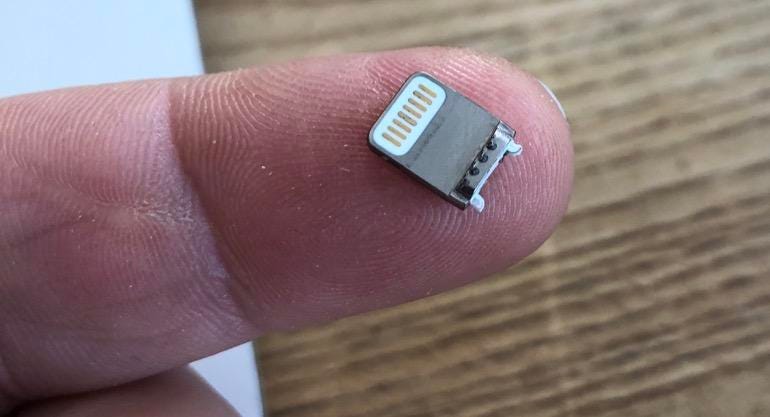How to tell if your iPhone Lightning charging cable is a fake
I have a weird hobby. I like to trawl eBay for iPhone charging cables that claim to be “Apple” or “Genuine.” There are a lot of them. Pictures show the proper Apple packaging but usually buried somewhere in the description it will say “box not supplied.”
So, what have I learnt from buying dozens of such cables?
They’re fake.
Before I go any further, I need to make something clear — people selling counterfeit cables do not benefit from my purchase. Not only do I report counterfeits to eBay, I also work with UK trading standards to have counterfeit cables and chargers removed from sale.
Another point worth making is that I don’t have a problem with third-party cables. In fact, I’m a big believer in buying cables from reputable third-party manufacturers.
Must read: Don’t waste your money on these Apple products: April 2022 edition
Counterfeit Apple Lightning cables fall into three categories:
- Cheap cables sold at inflated price by slapping a fake ‘Apple” brand onto them
- Cheap cables that are just white with no fake branding
- Poor quality, nasty cables
Having bought dozens of fake Apple Lightning cables, I’ve found that while many are just cheap cables that are actually quite functional, there are some that are awful. Some simple don’t work, some stop working after a few days or weeks (usually from weakness at the connector end), and some are so bad that they can damage your iPhone.

How can you tell if a cable is counterfeit? Apple has you covered.
There are plenty of high-quality third-party cables out there, from Amazon, Anker, and Monoprice, so rather than buy something cheap and potentially damaging, go look for something that’s decent from a reputable manufacturer and that comes with a warranty.
The same isn’t as applicable for microUSB and USB-C-to-USB-C cables that are used for charging Android devices and, well, almost everything else.
Yes, I’ve come across cheap ones where the ends fall off or the cable stops working after a bit of rough handling, but on the whole the quality of these cables at the low-price end of the spectrum is far higher, in part because there’s a massive industry in making cheap charging cables to ship with millions upon millions of random devices every year.
That Apple brand adds dollars — sometimes tens of dollars — to the price of something, making it a worthy target for those wanting to make a few dollars through counterfeiting.

Pingback: Automated Test platform
Pingback: https://www.pro-concept-enterprises.com/forum/technisches-forum/jogo-bitcoin-slot-online-via-pulsa
Pingback: Douceur Beauty
Pingback: ติดตั้งโซลาเซลล์
Pingback: Free Palestine
Pingback: Gym Equipment shop
Pingback: n-ethylpentedrone kopen | buy 2mmc | 6 apb pellets | buy 5-mapb | deschloroketamine | 4-mpd (4-methylpentedrone) | 6 apb powder | 2-mmc pellets, 5-mapb | 2-mmc crystalline powder | 4bmc poeder | acheter 3-me-pcp | buy cathinonen | buy 6 apb powder |NEP N-